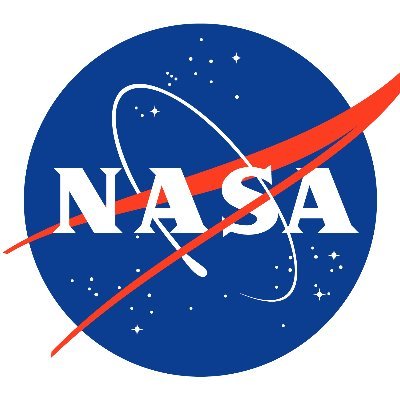martedì 27 giugno 2017
The observable Universe
venerdì 26 maggio 2017
Appunti ellisse
Su richiesta degli studenti viene reso disponibile lo schema sintetico dell'ellisse.
sabato 20 maggio 2017
sabato 1 aprile 2017
martedì 28 marzo 2017
Appunti induzione elettromagnetica
sabato 25 marzo 2017
mercoledì 8 marzo 2017
domenica 5 marzo 2017
mercoledì 22 febbraio 2017
Pianeti simili al nostro molto più numerosi del previsto
New discovery! We're announcing findings on planets orbiting stars other than our sun today at 1pm ET: https://t.co/PYO7Arxtjb Q? #askNASA pic.twitter.com/7ua38zFfpW
— NASA (@NASA) 22 febbraio 2017
lunedì 13 febbraio 2017
domenica 12 febbraio 2017
giovedì 9 febbraio 2017
Michael Faraday.
A look at the life & achievements of one of the most influential scientists in history, Michael Faraday FRS https://t.co/ixGXwTypiU pic.twitter.com/waO1Iq2hhx
— The Royal Society (@royalsociety) 9 febbraio 2017
martedì 7 febbraio 2017
Safer Internet Day
#SaferInternetDay is always our favourite day of the year! Keep celebrating letting us know about your events! #SID2017 pic.twitter.com/pCKBy6ZPHr
— Safer Internet Day (@safeinternetday) 7 febbraio 2017
lunedì 30 gennaio 2017
Esperienza di Laboratorio: "Verifica sperimentale della legge di Ohm"
venerdì 27 gennaio 2017
"Se comprendere è impossibile, conoscere è necessario"
— Focus Storia (@FocusStoria) 27 gennaio 2017
Primo Levi
I russi liberano il campo di Auschwitz#giornodellamemoria #AccaddeOggi pic.twitter.com/FXCJ7slnw2
giovedì 19 gennaio 2017
Terremoto, che cosa fare prima, durante e dopo una scossa sismica https://t.co/W6X7IsNAQw pic.twitter.com/Ow3e7KMpgv
— Focus (@Focus_it) 18 gennaio 2017
mercoledì 18 gennaio 2017
SHAKEmovie: Propagazione delle onde sismiche del terremoto (Mw 5.5), 18 gennaio 2017 in provincia dell’Aquila https://t.co/mSnAFDLttM
— INGVterremoti (@INGVterremoti) 18 gennaio 2017
lunedì 16 gennaio 2017
Celebrating the legacy of Martin Luther King Jr. A time to remember that the message of change can be heard without violence. pic.twitter.com/HcF6GBssym
— Thomas Zurbuchen (@Dr_ThomasZ) 16 gennaio 2017
domenica 15 gennaio 2017
mercoledì 11 gennaio 2017
martedì 10 gennaio 2017
Comunicato rivolto agli studenti della classe III Liceo Classico
Cari studenti, le avverse condizioni atmosferiche ci hanno impedito di riprendere regolarmente l'attività didattica. Fortunatamente la tecnologia riesce a veicolare l'informazione superando barriere spaziali (e talvolta anche temporali...). L'invito che vi rivolgo è quello di impiegare produttivamente questo tempo dedicandone una fetta alle attività di lettura, approfondimento ed esercitazione che intendo proporvi.
|
















